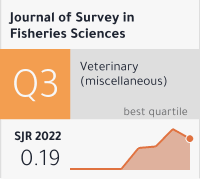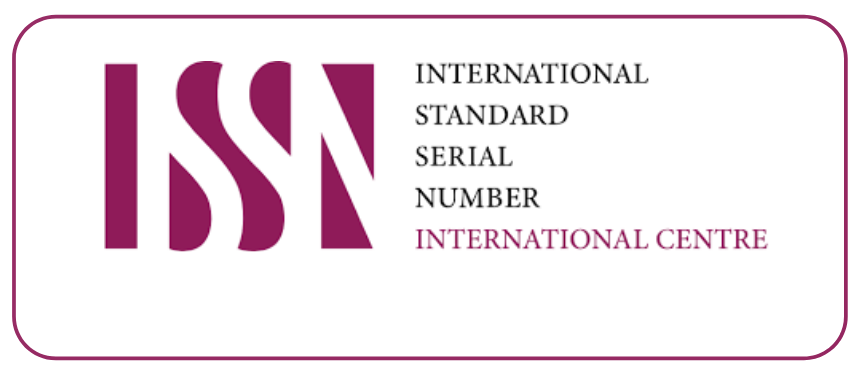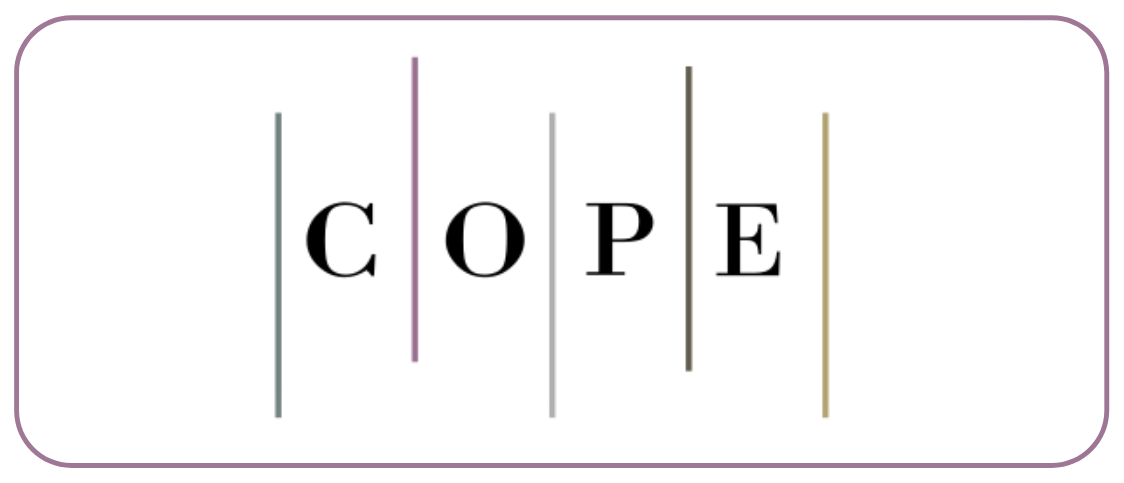Impact of grazing zones and breeding on sheep meat quality, comparative analysis of fatty acid profiles and physicochemical attributes
DOI:
https://doi.org/10.53555/sfs.v10i2.2025Keywords:
grazing zones, lambs, saturated fatty acids, meat qualityAbstract
This study examines the influence of grazing zones and breeding types on the quality of sheep meat, with a focus on physicochemical and nutritional qualities, particularly fatty acid composition. Twenty male lambs from the indigenous Rembi breed, raised in the distinct climatic and geographical conditions of Saida and Tiaret in Algeria, were selected for analysis. Following Islamic slaughtering rituals and stringent hygiene standards, the meat was assessed for its chemical composition and lipid oxidation. Variations in meat quality based on grazing zones were observed, with Tiaret lamb showing higher ash (1.70%) and lower fat content (4.30%) compared to Saida lamb (1.25% ash, 5.81% fat). Fatty acid analysis revealed a higher concentration of saturated fatty acid in Highland lamb meat, while Steppe lamb meat was richer in MUFA and PUFA. Specifically, Saida’s lamb had more C16:0 and C18:0, whereas Steppe lamb had higher levels of C18:2 n-6c (LA) and C18:3 n-3 (ALA). These results underscore the significant impact of environmental factors on sheep meat quality, providing essential insights for optimizing meat nutritional value and sensory attributes.









